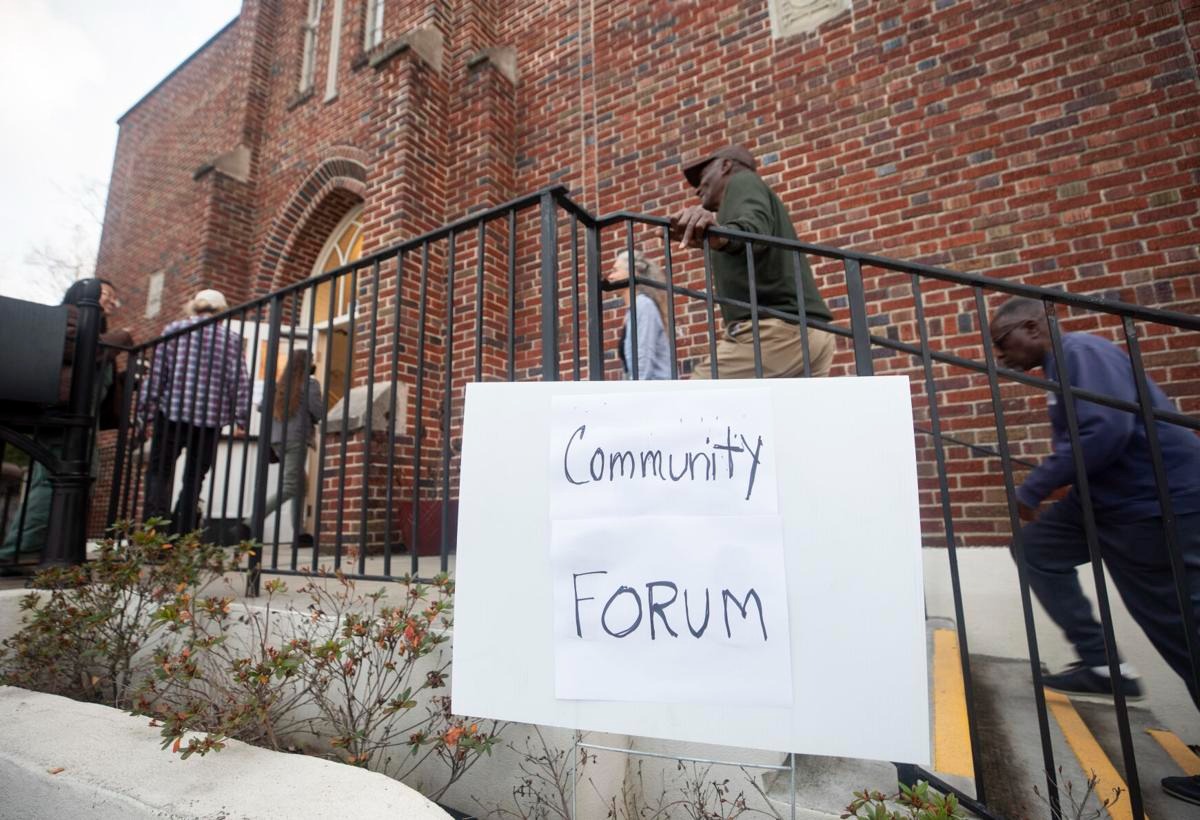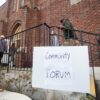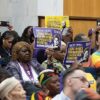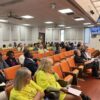By Kailey Cota, Post and Courier
Five years after the Charleston Police Department decided to take a hard look at its policies with a racial bias audit, it has embraced nearly all of the proposed recommendations.
Still, some think the work is not over.
A final report released in June is the bookend to a process that dates back nearly a decade. Calls for the department to examine racial bias date back to 2015, when community members heard a litany of anecdotal stories about excessive traffic stops and uses of force against the city’s Black residents. Additionally, those residents saw video of a North Charleston police officer fatally shooting Walter Scott during a confrontation that followed a traffic stop, said Arthur McFarland, co-president of the Charleston Area Justice Ministry.
“We live in a community that has a 400-year history of racism, racial bias and discrimination,” McFarland said. “The first step in redressing the history of grievances is to admit there has been, and there still exists, racial bias.”
City Council unanimously voted in December 2018 to allow the Charleston Police Department to undertake the auditing task. Police hired a Virginia-based firm called CNA to analyze data about traffic stops, use of force, complaints, community-oriented policing and personnel practices.
The audit uncovered glaring issues with the department’s leadership development, training and data analysis, and cited racial disparities in traffic stops and use of force. For example, the audit found in 2019 that 61 percent of people that officers used force against were Black, while 37 percent were White.
While the audit identified disparities, it did not find direct evidence of bias, which requires proving that someone has an intent to discriminate.
It outlined more than 70 changes for the department to make.
A 2023 external review studied how well police implemented those changes. It found that disparities still persisted despite great improvement in data collection techniques and other areas, and suggested even more ways to improve.
In total, the process proposed nearly 100 ways South Carolina’s largest police force could improve in five categories: traffic stops, use of force, complaints, community-oriented policing and personnel practices.
“This is not a ‘check the box’ — we’ve been committed to this since we began, contrary to what some people say,” Police Chief Chito Walker said during a June 17 presentation to the city’s Committee on Public Safety.
“We are a data-driven, evidence-based organization and we take great pride in what we do. But we also service our entire community no matter what background or where you stay, and we’re committed to that,” Walker continued.
Of the recommendations: 62 percent are now implemented and 31 percent are in the works, but 7 percent were canceled, deemed infeasible or in need of funding to implement, according to a final report released by the department.
Among the adopted recommendations, police are now using data to better determine where traffic stops are warranted and the department is developing an action plan to address the possibility of implicit bias in the force, according to the report. Police are also conducting regular analyses of use-of-force incidents to assess potential racial disparities, and officials are formally tracking and investigating all community complaints that come in. And police are working with community representatives to find more ways for the department to engage with residents, the report stated.
Researchers nixed plans to expand the department’s data system to include traffic stop outcomes and to review policies and practices related to complaints in which no wrongdoing was found.
It was deemed infeasible to have Charleston police use digital analytics software to better understand who is using its websites. Officials also determined it would be impractical to hire an outside party to study people who have had recent interactions with police and to regularly survey a representative sample of Charlestonians to measure satisfaction with the police. Both are dependent on funding and strategic plan objectives, the report stated.
Eliminating all disparities “may not be” a feasible or realistic goal, Walker said in a statement to The Post and Courier. The department can instead ensure its policies and practices promote fairness and equity, he said.
Among some two dozen recommendations still in the works are plans to annually assess the impact of traffic-enforcement strategies and continue training officers about when they should search cars during motor vehicle stops. Also in the pipeline are recommendations to investigate the reason why racial disparities are larger in some cases and to make sure the community has opportunities to give meaningful input about police practices.
They will be integrated into the department’s next strategic leadership plan, which will be completed in 2025.
But the final report marks the culmination of a five-year journey.
The progress CPD has made since the initial report was released is remarkable and impressive, according to department spokesperson Sgt. Christopher Stinson.
“The final report represents a significant achievement and provides closure to the initial process, but as with any evolving profession, there is always more work to be done,” he said.
Some members of the Charleston Area Justice Ministry, or CAJM, who were among the voices calling for a racial bias audit, found the report disappointing.
While CAJM member Suzanne Hardie agrees many “very positive” improvements came out of the process, she feels that work to address racial disparities has been swept under the rug.
For example, the review found that Black drivers are stopped more often than White drivers, even though they are a smaller part of the driving public. And when cited, Black drivers are more likely to receive multiple tickets than their White counterparts.
When police have cause to search a vehicle, contraband is found in 70 percent of searches of White drivers but in only about half of the searches of Black drivers. This suggests that Black drivers are searched at higher rates, the analysis said.
“Where is the outrage about those kinds of numbers?” Hardie asked. “Instead, what we get is a defensiveness and a lack of attention to this area.”
Hardie and McFarland agree CPD has made a lot of progress. But they said they still feel that the department refuses to acknowledge that racial disparities and racial inequity is a problem within policing.
The audit answered some of the community’s questions and shed light on how the department operates, but more questions remain, according to Jerry Harris, co-chair of the Human Affairs Racial Conciliation Commission and the former vice chair of the Citizen’s Police Advisory Council.
“Those questions will continue to have to be answered,” Harris said.
Not only are some residents waiting for more answers about data that found racial disparities, but they also believe the department fell short on its promise to engage the community in a meaningful way.
While the chief attended a January community-led meeting that discussed the external review and used the community’s feedback to build the final report, there were no police-led conversations before the final report was released, Lt. Anthony Gibson confirmed.
It makes Hardie feel like the department doesn’t intend to “have real transparency or engagement.”
The job is still unfinished, she said.
Gibson reiterated that the audit process has come to a close.
“There has to be a finality to every process that ever begins, otherwise we would never get anything done,” Gibson said. “The audit process is done, so now we take the information from the audit and move forward.”
View the original story here.






